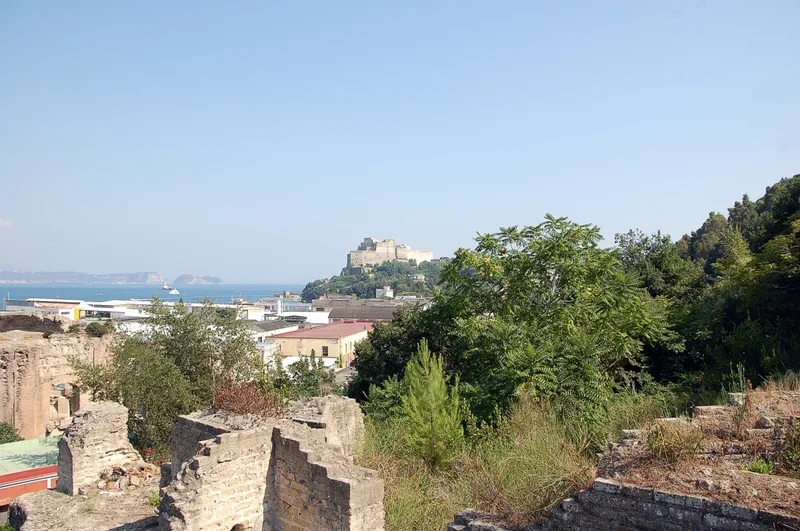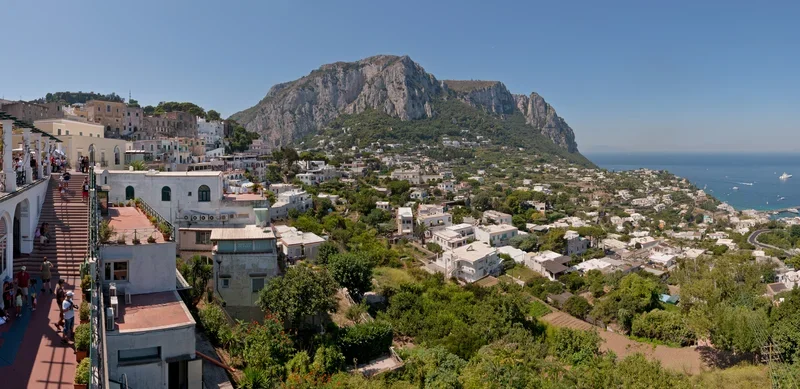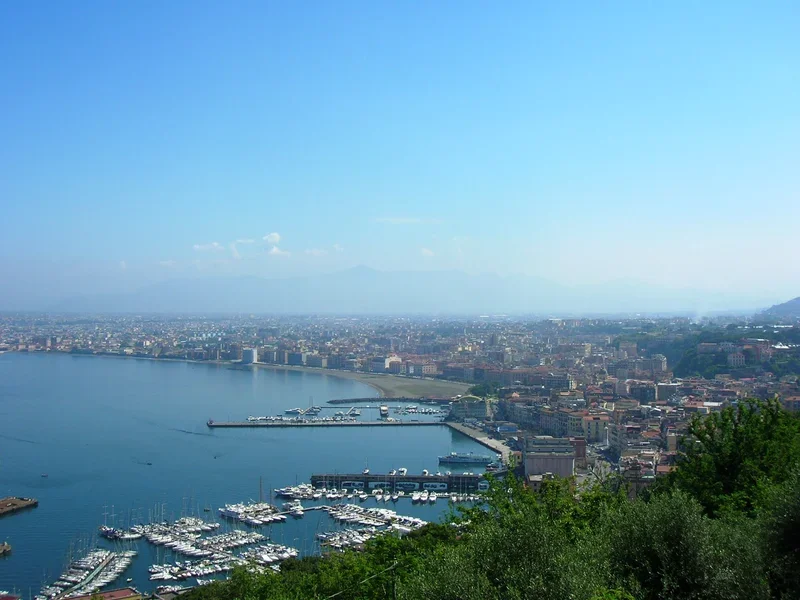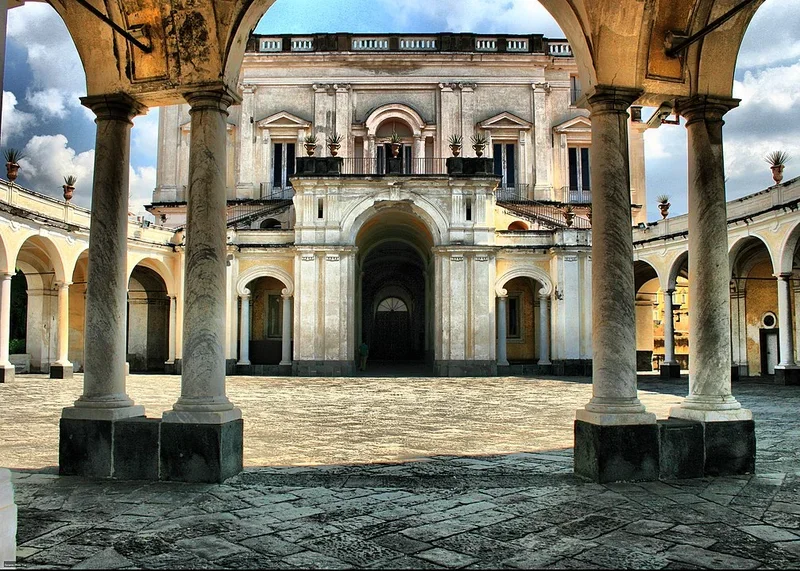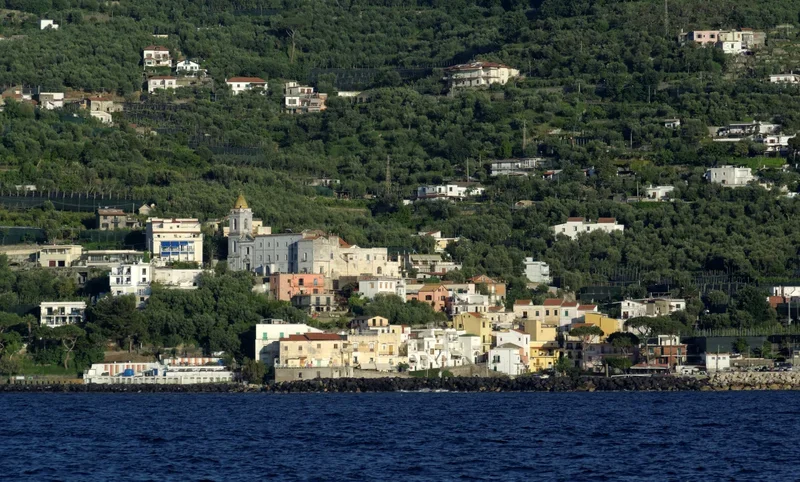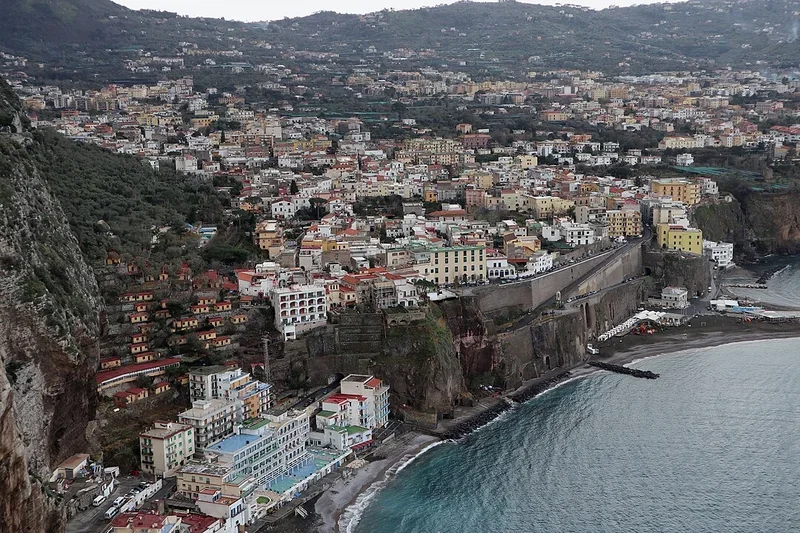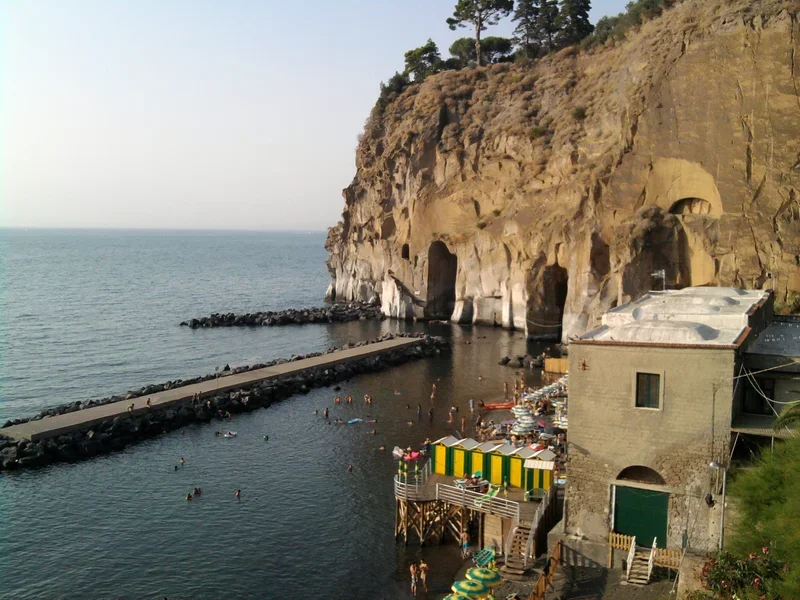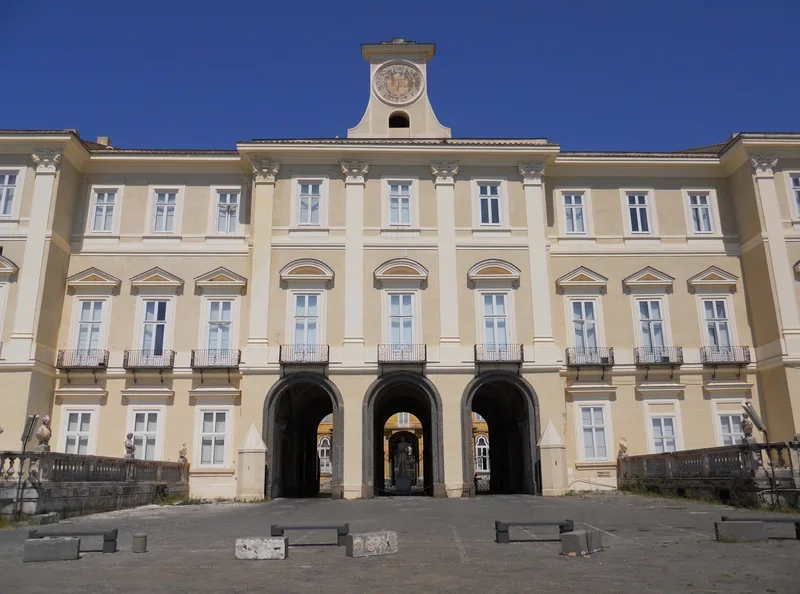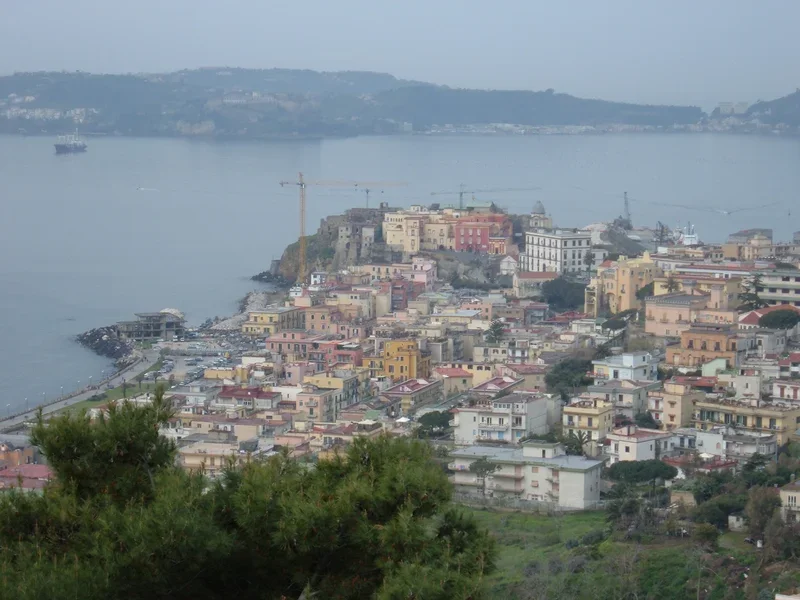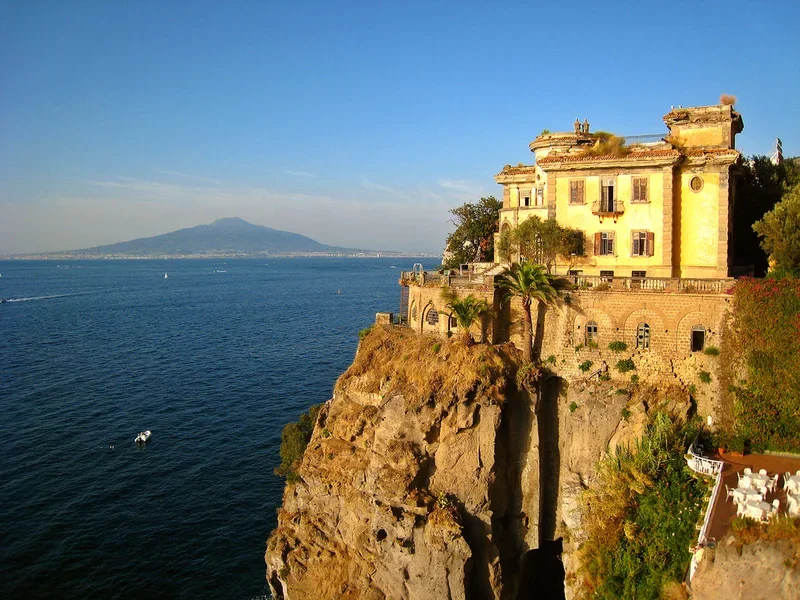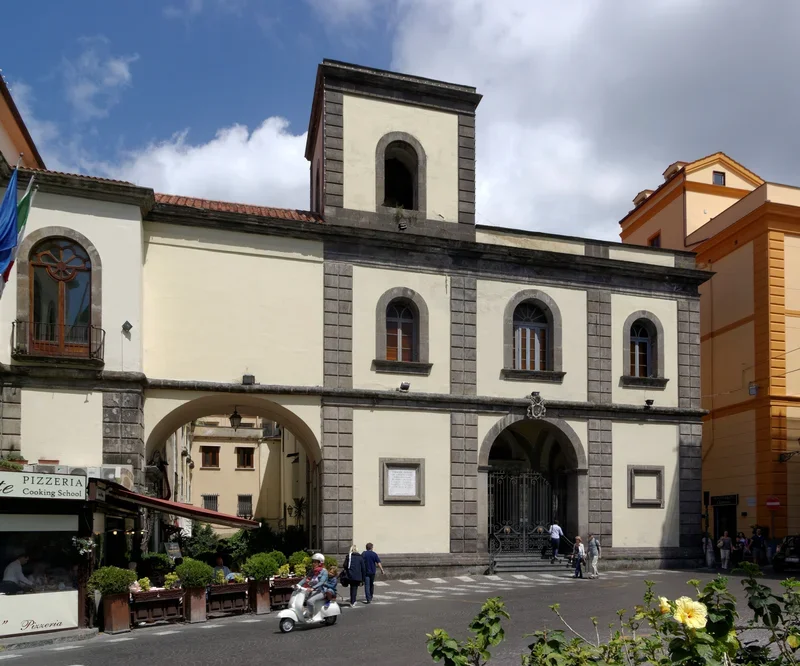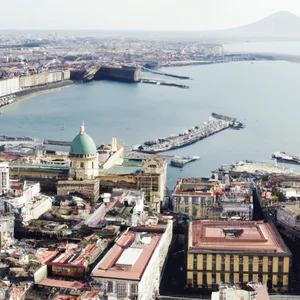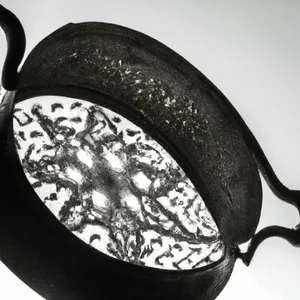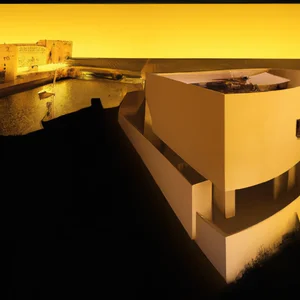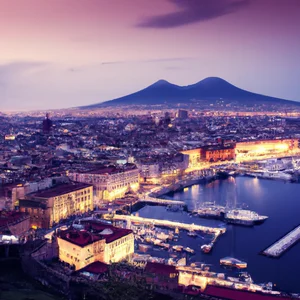Book your experience
History and mysteries of the Veiled Christ in the Sansevero Chapel
In the beating heart of Naples, among historic alleys and monuments that tell centuries of history, stands the Sansevero Chapel, a place that contains a treasure of art and mystery. This extraordinary monument is famous for its most famous icon, the Veiled Christ, a sculpture that embodies not only the technical skill of the era, but also the depth of a philosophy of life and a complex spirituality. The work, created in the 18th century, is shrouded in an aura of mystery and charm, attracting visitors from all over the world, eager to discover the origins and stories behind this wonder.
The following article aims to guide the reader through ten fundamental points that trace a path between history, art and legend. We will start from the origins of the Sansevero Chapel, exploring the cultural and social context in which it was built. The figure of Prince Raimondo di Sangro will be highlighted, a man of genius and innovation, whose vision shaped this sacred place. The Veiled Christ sculpture, with its unique marble veil technique, will be analyzed in detail, revealing the secrets of its creation and the mystery that surrounds it.
The legends and myths that have developed around this extraordinary work will enrich the tale, as will the history of the restorations that have helped preserve the Chapel for future generations. The symbolic meaning of the Veiled Christ will be explored and comparisons will be made with other works of art present in the Chapel, creating a complex and fascinating fresco. Finally, we will take a look at the Sansevero Chapel today, a place that continues to amaze and inspire, keeping alive its legacy of beauty and mystery. A journey that not only celebrates art, but also invites us to reflect on what it represents in our daily lives.
Origins of the Sansevero Chapel
The Sansevero Chapel is an artistic jewel located in the heart of Naples, dating back to the 18th century. It was commissioned by Prince Raimondo di Sangro, a noble and brilliant alchemist, who wanted to create a place of worship for his family. Construction of the chapel began in 1590 and was completed in 1766.
Prince Raimondo di Sangro was known for his passion for esotericism and alchemy, and is said to have personally contributed to the design and decoration of the chapel, which is rich in symbols and enigmas. His vision was to create a unique place in the world, where art and spirituality come together in a perfect union.
The Sansevero Chapel has become a very popular tourist attraction over time, thanks to its beauty and mystery which continues to fascinate visitors from all over the world.
Prince Raimondo di Sangro
The Prince Raimondo di Sangro
Prince Raimondo di Sangro is a central figure in the history of the Sansevero Chapel in Naples. Born in 1710 to a noble family, the prince was known for his vast culture and artistic abilities. It was he who commissioned the construction of the Sansevero Chapel in 1749, with the aim of creating a private place of worship for his family.
Raimondo di Sangro was an eclectic man, interested in different disciplines such as chemistry, medicine, philosophy and alchemy. He was also a patron of the arts and had a passion for sculpture. It was precisely thanks to his artistic vision that the Sansevero Chapel became an extraordinary place, full of works of art of great value.
Prince Raimondo di Sangro was also a controversial character, surrounded by many legends and mysteries. He is said to have been an alchemist and a magician, capable of performing miracles and creating extraordinary works with his secret knowledge. His enigmatic figure has contributed to making the Sansevero Chapel a fascinating and mysterious place, which continues to arouse interest and curiosity among visitors.
The Sculpture of the Veiled Christ
One of the most famous masterpieces of the Sansevero Chapel in Naples is undoubtedly the sculpture of the Veiled Christ, created by the sculptor Giuseppe Sanmartino in 1753. This work of art arouses admiration and wonder for its extraordinary beauty and the extraordinary technique with which it is made.
The Veiled Christ represents the crucified Jesus, wrapped in a mantle of pure white marble that seems almost translucent, creating a veiling effect that gives the body of Christ an extraordinary sensation of realism and life. The sculpture appears as if it were covered by a thin veil, which lies delicately over the figure, accentuating the anatomical details and expressing a profound spirituality.
The technique used by Sanmartino to create this glazing effect has long remained a mystery to scholars and art enthusiasts. It has been speculated that the sculptor employed a secret method to make the marble veil so realistic, but the truth is that the marble veil technique has been jealously guarded over the centuries.
The mystery that surrounds the technique used by Sanmartino to create the Veiled Christ has contributed to creating legends and myths around this extraordinary work of art. The sculptor is said to have sealed a pact with the devil to gain the ability to sculpt the marble veil, which would then be magically removed by an alchemist. These stories help create an aura of mystery and fascination around the Veiled Christ, making it even more fascinating for visitors to the Sansevero Chapel.
The Marble Veil Technique
One of the most fascinating elements of the Sansevero Chapel in Naples is undoubtedly the sculpture of the Veiled Christ, created by Giuseppe Sanmartino in 1753. What makes this work so extraordinary is the technique used by the artist to create the effect of the veil of marble that seems to envelop the body of Christ.
The marble veil technique consists in carving the marble in such a way as to make the fabric covering the figure transparent and light. Sanmartino managed to create such a realistic effect that it really seems as if the veil could be lifted at any moment.
This technique requires incredible craftsmanship and a deep knowledge of marble processing. Sanmartino proved to be a true carving genius, managing to create a work that still leaves visitors to the Sansevero Chapel speechless.
The Mystery of the Veil
Inside the Sansevero Chapel in Naples there is one of the most mysterious and fascinating works: the Veiled Christ, sculpted by Giuseppe Sanmartino in 1753. This marble sculpture represents Christ taken down from the cross and covered by a transparent veil that seems almost real, so much so as to deceive the observer's eye.
The mystery surrounding the Marble Veil is linked to the artist's extraordinary mastery in rendering the lightness and transparency of the fabric, which almost seems to float in the air. The technique used by Sanmartino to create this effect is still the subject of debate among scholars, who wonder how he was able to create such an extraordinary work without leaving any trace of joints or visible supports.
Some theories suggest that the veil may have been initially dipped in liquid wax and then molded and sculpted directly onto the marble, while others suggest the use of chemicals to make the marble translucent. However, none of these hypotheses has been definitively confirmed, helping to keep the mystery that surrounds this extraordinary work of art intact.
Legends and Myths
The Sansevero Chapel is surrounded by numerous legends and myths which contribute to making the atmosphere even more mysterious and fascinating.
One of the best-known legends concerns the Veiled Christ, the main sculpture of the Chapel. It is said that the veil covering the body of Christ is so realistic that it seems real, and that Prince Raimondo di Sangro used a secret technique to make the marble transparent. This fueled popular belief that the Prince had magical powers or was involved in the occult.
Another legend concerns the presence of a network of underground tunnels that connect the Sansevero Chapel to other mysterious places in the city. It is said that these tunnels were used by the Prince to carry out alchemical and secret experiments.
Finally, there are those who maintain that the Sansevero Chapel was built on an ancient temple dedicated to the goddess Isis, and that even today there are traces of ancient esoteric rites within the structure.
In reality, many of these legends are just a figment of popular imagination and have no historical basis. However, they contribute to creating a unique atmosphere around the Sansevero Chapel and fueling the charm and mystery that surround it.
The History of the Restoration
The restoration of the Sansevero Chapel was a long and complex process that involved numerous experts over the centuries. The structure, dating back to the 18th century, has undergone several interventions over time to best preserve the works of art inside.
One of the most significant restorations took place in the 19th century, when the chapel was entrusted to the architect Giuseppe Picchiatti who worked to restore the original beauty of the building. During this restoration, structural improvements were also carried out to ensure the stability of the building over time.
Subsequently, in the 20th century, a new restoration intervention became necessary to best preserve the famous sculpture of the Veiled Christ. This restoration was entrusted to expert sculptors and restorers who worked with care and precision to preserve the work in the best possible condition.
Today, the Sansevero Chapel continues to be the subject of constant maintenance and restoration interventions to ensure the conservation of the works of art inside. Thanks to the commitment of experts in the sector, the chapel has been preserved over time and continues to arouse admiration and wonder in visitors who come from all over the world to admire its beauty.
The Symbolic Meaning of Opera
The Sansevero Chapel, with its main work of the Veiled Christ, is rich in symbolism and profound meanings that have fascinated visitors and art scholars for centuries.
The marble veil that surrounds the sculpture of Christ has a very strong symbolic meaning. It represents the link between the divine and the human, between the visible and the invisible. The veil represents the transparency between the earthly world and the mystery of the afterlife, between life and death. This symbolism is emphasized by the skill with which the veil is sculpted, giving the illusion of being a real fabric covering the body of Christ.
The Veiled Christ, with his serene gaze and peaceful pose, represents the beauty of suffering and the spirituality of man. The veil, which almost seems to float delicately over the figure, symbolizes the fragility and temporality of human life, but also the constant presence of a divine dimension that dominates everything.
This artistic masterpiece is not limited to being a simple sculpture, but becomes a work that invites reflection and contemplation of one's existence and one's relationship with the divine. Through the veil of marble, Prince Raimondo di Sangro has created a timeless work that continues to excite and inspire anyone who stands in front of it.
Other Works in the Chapel
Works by Giuseppe Sanmartino
The Sansevero Chapel is rich in works of art of great artistic and historical value. In addition to the famous sculpture of the Veiled Christ, there are numerous other works created by very talented artists. Among these, the works of the sculptor Giuseppe Sanmartino stand out, considered one of the greatest artists of the Neapolitan eighteenth century.
Sanmartino is the author of several sculptures present in the chapel, including the statue of Disillusionment and the statue of Modesty. Both works are extraordinary examples of the mastery and artistic sensitivity of Sanmartino, who with his ability to shape marble managed to create works of great emotional intensity.
Works by other artists
The Sansevero Chapel also houses works by other well-known artists, such as Francesco Celebrano and Antonio Corradini. Their sculptures further enrich the beauty and artistic richness of the chapel, creating a unique and evocative environment that attracts numerous visitors from all over the world.
The works present in the Sansevero Chapel are a true artistic treasure that testifies to the greatness and creativity of the artists of the past. Every sculpture, every work of art tells a story, arouses emotions and reflections, transporting the visitor on a journey through the history of art and spirituality.



